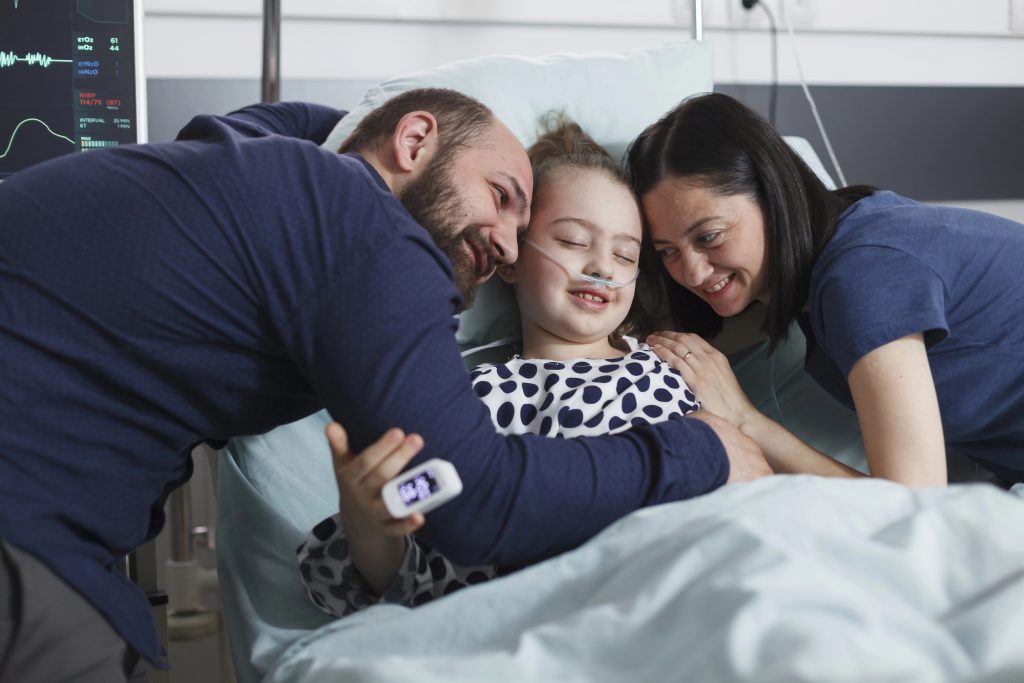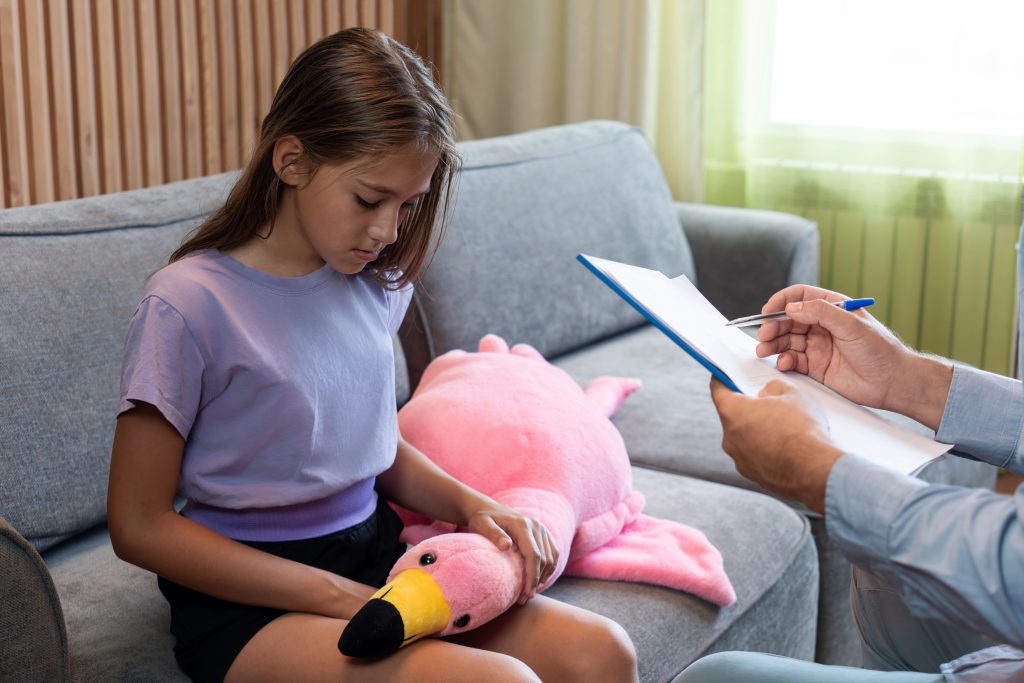
It’s a tragic reality a kid in the middle of a mental health emergency is rushed into the emergency department, only to sit there for days almost a week because anywhere else they can be sent is unavailable. It’s not an outlier failure of the system. Over a tenth of Medicaid-eligible children who present at the ER with mental health issues are “boarded” three to seven days because there are no psychiatric bed slots open, according to new Oregon Health & Science University research. Experts warn that holding these patients temporarily can worsen symptoms, prolong recovery, and deplete the emotional banks of families and hospital personnel as well.

1. The Extent of the Crisis
The OHSU report examined 255,000 children’s mental health ER visits in 2022 and determined the issue is expanding. Even at OHSU Doernbecher Children’s Hospital alone, the number of children requiring psychiatric consults has increased three times since 2016. “When you have a child waiting in the emergency room and can’t get the care they need, their condition can worsen,” asserted Dr. Rebecca Marshall, director of pediatric psychiatry at OHSU. This is not Oregon in isolation it’s a mirror of national patterns of increasing pediatric ER boarding rates, particularly for suicide attempts and depression.

2. Why ER Boarding Harms Children
Emergency departments are meant for brief stabilization, not therapeutic treatment over the long term. Noise, constant shifting of staff, and lack of privacy overwhelm children in crisis. A national report showed that 12.7% of pediatric mental health ER stays during 2014–2015 lasted more than 12 hours, compared with only 1.2% for non-mental health ER stays. Longer stays result in delayed specialty care access and, in some children, heightened anxiety, depression, or escalating behavior.

3. Disparities and Inequities
Studies indicate Hispanic children are almost three times more likely to experience extended ER admissions than their white, non-Hispanic counterparts. Access barriers also are more acute for publicly insured or uninsured families. In the words of the leader of the OHSU study, Dr. John McConnell “There’s no one who owns the mental health of Medicaid-enrolled individuals. we need to ask ourselves whether we have the proper mix along the continuum of care.”

4. The Human Cost to Staff and Families
Qualitative interviews of OHSO’s pediatric psychiatry staff expose the human toll of boarding. Parents complain about not having privacy, fundamental needs such as showering or getting clean clothes ignored, and the anguish of celebrating their child’s birthday in a hospital bed. Staff talk of “awesome leadership” and collaboration as strengths, but also admit burnout from attempting to deliver psychiatric-level care in medical settings not suited for it.

5. Community-Based Solutions
Not only is change doable, but it’s occurring in certain hospitals. Monroe Carell Jr. Children’s Hospital of Tennessee reduced average behavioral health stays below pre-2018 levels by tackling it with a multidisciplinary approach hiring employees who were behavioral health-focused, holding team huddles twice daily, and training all employees in trauma-informed care. They’ve reduced staff injury by 78% and saved almost $2 million in fewer hospital days. We can’t open inpatient beds quick enough, said Dr. Meg Rush, president of the hospital, “but not every child needs them community-based resources count too.”

6. Policy and System-Level Solutions
National experts suggest a combination of approaches: more 23-hour mental health crisis centers as ER destinations, more mobile crisis teams, and greater telepsychiatry access particularly in rural counties. One such recent effort at a large children’s hospital reduced boarding by 53% over one year by adding psychiatric beds and crisis stabilization services within the ER itself.

7. How to Support a Child During a Long ER Stay
Although changes in the system are slow, caregivers can support coping in the short term:
- Stay attached: Carry comfort items from home picture, special blanket, or journal.
- Be an advocate for engagement: Get to know child life services or play therapy, if available.
- Stick to routines: Routine meal times, sleep times, and visiting hours can be soothing.
- Stay up to speed: Ask for a daily report from the care team and confirm next steps.
They also emphasize the significance of caregivers taking care of themselves breaking, reliance on support systems, and getting help when needed.

8. The Role of Suicide Risk Screening
Since as many as 25% of adolescents appearing after a suicide attempt will attempt again, early screening is critical. Tools like the Ask Suicide-Screening Questions (ASQ) and Columbia Suicide Severity Rating Scale can detect high-risk children within a short time frame, guiding timely intervention. The American Academy of Pediatrics recommends suicide screening in healthcare settings for all adolescents older than 12, with special sensitivity towards LGBTQ youth, economically disadvantaged youth, and youth who have experienced trauma.

9. Building Resilience Outside the Hospital
Lasting change calls for building outpatient and community mental health systems so that ERs are not the first line of defense. That means funding prevention programs, mental health services in schools, and family support programs. As one OHSU clinician described it, “the system is far from what [the patients] deserve and need,” but safety and cooperation remain paramount until more universal reform becomes second nature.
The crisis in pediatric mental health boarding is complex, but solutions are gaining momentum everything from hospital innovation to policy advocacy to make certain that no child in crisis waits days in an ER for the care they need.


